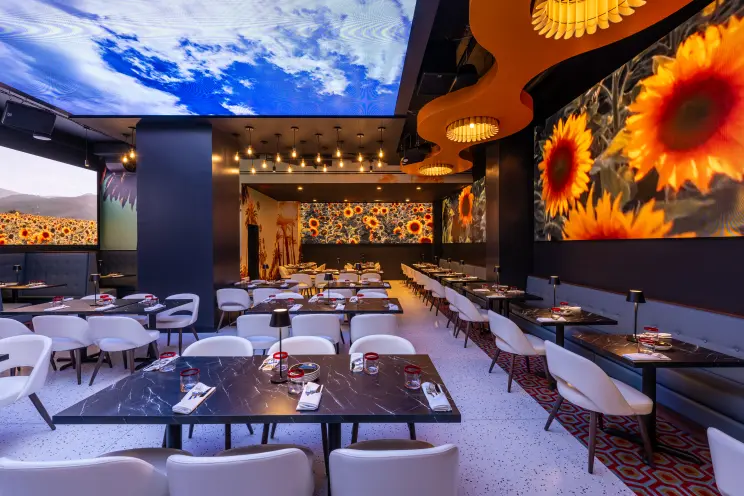
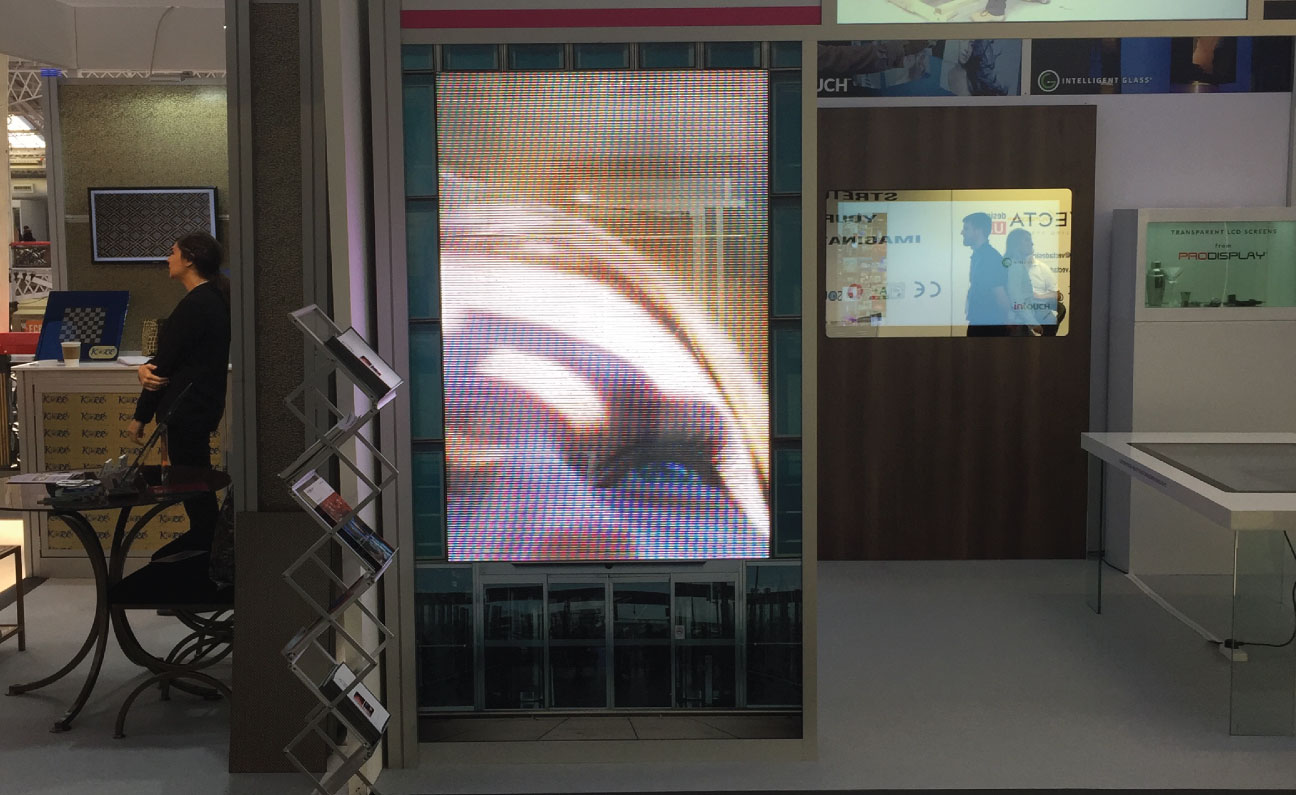
Investing in a transparent LED display—sometimes called a glass LED screen or see-through advertising screen is an exciting way to elevate your storefront, showroom, or event space. But before taking the plunge, there are several critical factors every business should consider.

Why do you want a transparent LED display for retail or a digital storefront screen? Is it for brand activation, interactive transparent display installations, or window display advertising screen campaigns? Defining the use case helps narrow down which technology suits best, whether that’s transparent OLED display units for ultra-delicate visuals or high brightness transparent screen panels for outdoor visibility.
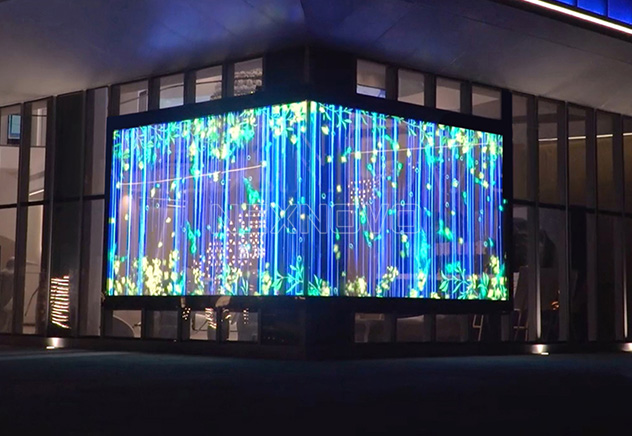
One of the biggest challenges especially for digital signage for storefront window users—is ensuring your transparent display monitor remains visible under bright light. High-brightness transparent screens and ultra-thin transparent LED designs can reach 2000–3000 nits, making your digital screen behind glass shine even in direct sunlight.
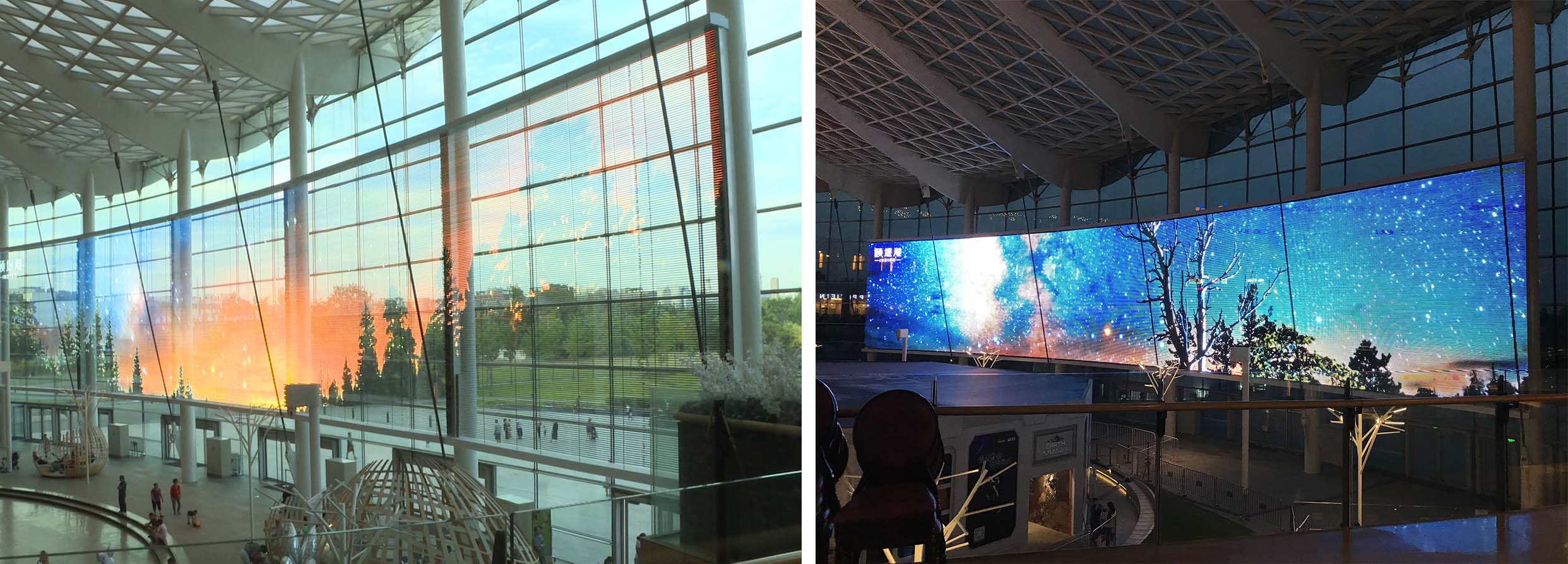
Whether you’re opting for a transparent LED wall that spans an entire shop window or a transparent display booth for trade shows, proper mounting, wiring, and ventilation are essential. Clear display window installation must be professionally handled to preserve glass integrity and prevent glare or reflection issues.
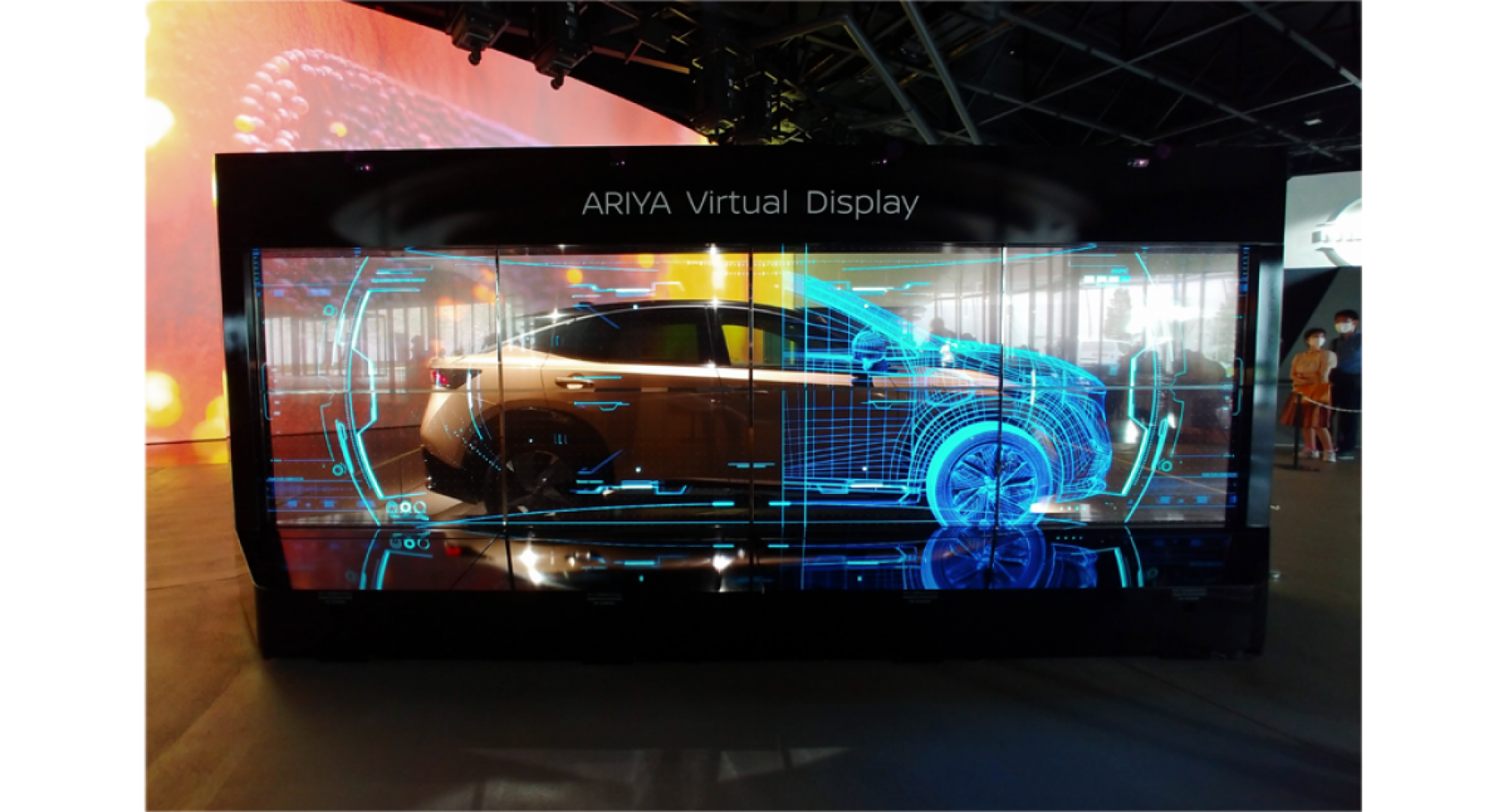
The market offers many options—from lightweight transparent LED panels to fully immersive transparent video walls. If you need special dimensions for pop-ups, museums, or high-end boutiques, you can order a custom size transparent screen. Brands like SeethruDisplay offer interactive transparent display modules that allow for sleek mounting behind glass storefronts without damaging aesthetics.
To truly take advantage of a transparent billboard or transparent signage for pop-ups, consider interactive ad screen features. Touch-sensitive or motion‑responsive transparent screens for hotels or luxury stores create memorable experiences. Otherwise, even static transparent ad screens with crisp animations can draw more attention than traditional posters.

Rent transparent screen units are an attractive option for short-term events like trade fairs, product launches, or experiential marketing activations. Transparent display for events or rental in Los Angeles is increasingly common—and often more cost-effective than buying a permanent unit.
Transparent LED display cost varies widely, from smaller in-glass advertising screens at a few thousand dollars to large transparent LED video walls that can reach six figures. Don’t forget to budget for installation, mounting hardware, content design, and ongoing maintenance. Comparing transparent digital signage suppliers and transparent LED screen vendors in the USA is crucial to balancing price and quality.
Look beyond price: vet transparent LED display manufacturers for support, warranties, and post-sale service. A trusted transparent display supplier will guide you through transparent screen installation, content integration, and even provide creative digital signage ideas tailored to your store or brand activation.
Transparent OLED display technology is evolving fast, offering finer transparency and color accuracy. If you’re buying now, consider modular systems or upgrade paths. Transparent digital panels that are scalable will allow you to expand from a single transparent LED screen for a showroom to a full transparent video wall down the line.
Transparent LED displays combine aesthetic allure with punchy, dynamic messaging—perfect for luxury store digital signage or creative marketing campaigns. But success hinges on picking the right screen for your space, prioritizing brightness and installation, planning compelling content, and partnering with a reliable supplier.
By weighing these factors—visibility, placement, hardware options, cost, interactivity, and vendor support—you can ensure the transparent display you choose becomes more than just impressive tech: it becomes a strategic asset that captivates audiences, enhances your brand, and contributes to long-term ROI.